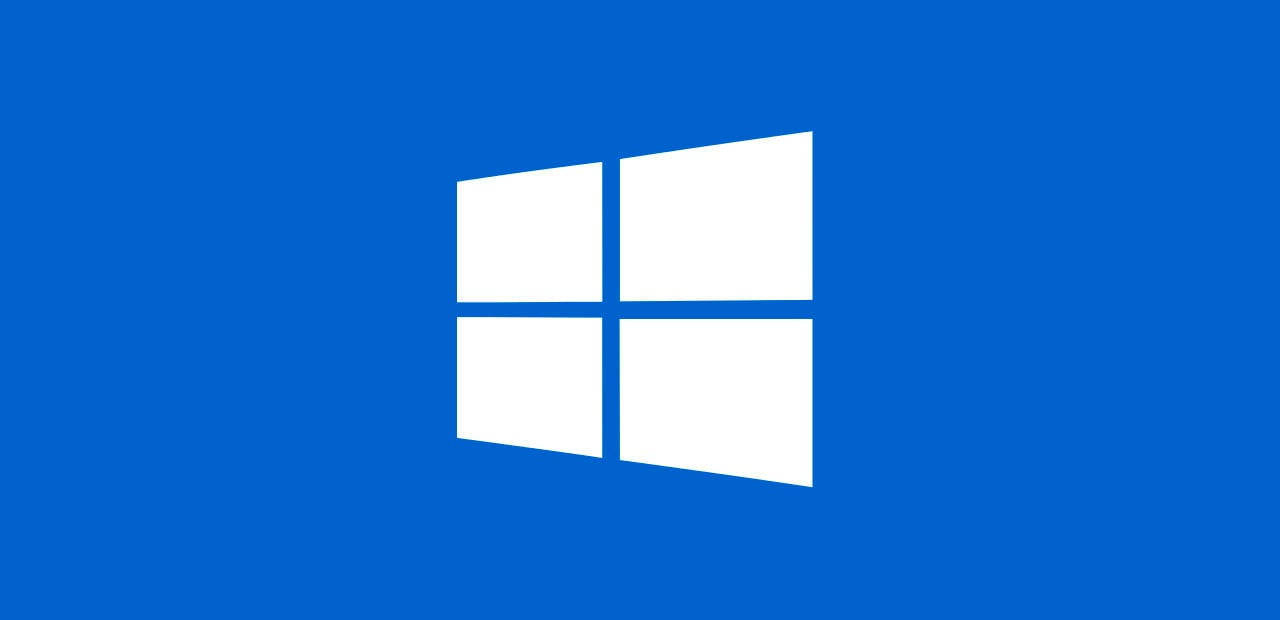In Windows 11, a special “Virtual Memory” helps your computer work better. It is like extra memory that is stored on your hard drive. Windows uses this virtual memory when your computer runs out of its standard memory RAM. You can change the size of this virtual memory to make your computer run faster or fix problems.
Doing this lets you decide how much space your storage device uses for virtual memory. This can help your computer handle big tasks or run smoothly when many programs are open.
What is Virtual Memory on Windows?
Virtual memory is like a memory management technique that computers use when they do not have enough regular memory. Sometimes, your computer does not have enough memory RAM to do everything you want it to do. It takes some data from your RAM and temporarily puts it on your computer’s storage, like a hard drive or SSD.
Most computers have at least 8 GB of RAM nowadays, but sometimes that is not enough, especially when running many programs simultaneously. That is when virtual memory comes in handy. It frees up space in your RAM by moving data you have not recently used to your storage device.

How to Check Virtual Memory in Windows 11
To check your virtual memory on Windows 11, follow these steps:
- Open “Settings.”
- Go to “Storage.”
- Look for “Storage used on other drives.”
- Select “Local Disk (C:).”
- Click on “System Reserved.”
- where you can see your virtual memory size, usually measured in gigabytes (GB).
What is the Recommended Virtual Memory for Windows 11?
Everyone uses their computer in their own way, meaning the recommended virtual memory size can differ for each person. Some use their computers for heavy loads like video editing or gaming, which needs lots of computer power. Others use it for simpler things.
Microsoft, the company behind Windows, suggests your virtual memory size should be between 1.5 to 3 times the amount of RAM (the regular computer memory) you have in your computer. So, before you adjust or make your virtual memory maximum, you should find out how much RAM your Windows 11 computer has. That way, you can set it up right for your needs.
How do I Calculate the Initial and Maximum Virtual Memory Values in Windows 11?
Calculating the initial and maximum virtual memory values in Windows 11 is easy. Follow the steps:
- First, you should check the RAM on a Windows 11 system.
- Open Windows, navigate to the Settings menu, click on the System, About section, Under the Device specifications section, and install RAM on your PC, e.g., 4GB, 8GB, 16GB, etc.
- Let us calculate the initial value of virtual memory on a Windows 11 PC with 8 GB of RAM:
- 1GB = 1024MB of RAM.
- Depending on your PC RAM (8GB): 1024*8=8,192MB.
- Initial virtual memory size: 1.5*8,192=12,288 This is the initial memory.
- Let us calculate the maximum value of virtual memory on a Windows 11 PC with 8 GB of RAM:
- Maximum 1024*8GB RAM = 8,192MB.
- 8,192*3 (maximum virtual memory size) =24,576MB.
What Causes High Memory Usage in Windows 11?
High memory usage in Windows 11 can be caused by various factors and applications running on your computer. Here are some common reasons:
- Running Multiple Programs.
- Background Processes.
- Malware or Viruses.
- Hardware Issues.
How Can I Increase the Virtual Memory in Windows 11?
To check and adjust your computer’s virtual memory settings in Windows 11, follow these steps:
- Click on the “PC” icon and then right-click.
- Select “Properties” from the menu.
- Look for “Installed RAM” to see how much memory your computer has.
- Click on “Advanced System Settings.”
- Under the “Performance” section, click on “Settings.”
- Choose “Adjust for best performance.”
- Click on “Advanced” to find your PC’s virtual memory settings.
- Click the “Change” button.
- Untick the option “Automatically manage paging file size for all drives.”
- Select “Local disk C:” from the list.
- Check the box that says “Custom size.”
- Enter the values for both the initial and maximum sizes.
- Click “Set” and then “OK.”
- Finally, restart your computer to apply the changes.
What is Virtual Memory in Windows 11?
Virtual memory in Windows 11 is a system mechanism that uses a portion of your computer’s storage, such as a hard drive or SSD, to boost physical RAM when running low. This helps prevent system slowdowns and allows you to run more programs simultaneously.
Why would I need to increase virtual memory in Windows 11?
You may need to increase virtual memory if your computer frequently experiences performance issues, such as slowdowns or running out of memory. Increasing virtual memory can provide more room for your computer to handle tasks and applications.
How do I check my current virtual memory size in Windows 11?
To check your current virtual memory size, go to “Settings,” then “System,” then “About,” and click on “Advanced system settings” under “Related settings.” Then, click the “Settings” button under the “Performance” section and navigate to the “Advanced” tab. Here, you can see the current virtual memory settings.
What is the recommended virtual memory size for Windows 11?
Microsoft recommends setting your virtual memory size to be between 1.5 and 3 times the amount of your physical RAM. For example, if you have 8 GB of RAM, you can set your virtual memory size between 12 GB and 24 GB.
Do I need to restart my computer after adjusting the virtual memory size in Windows 11?
Yes, restarting your computer after changing virtual memory settings in Windows 11 is recommended for the changes to take effect fully.